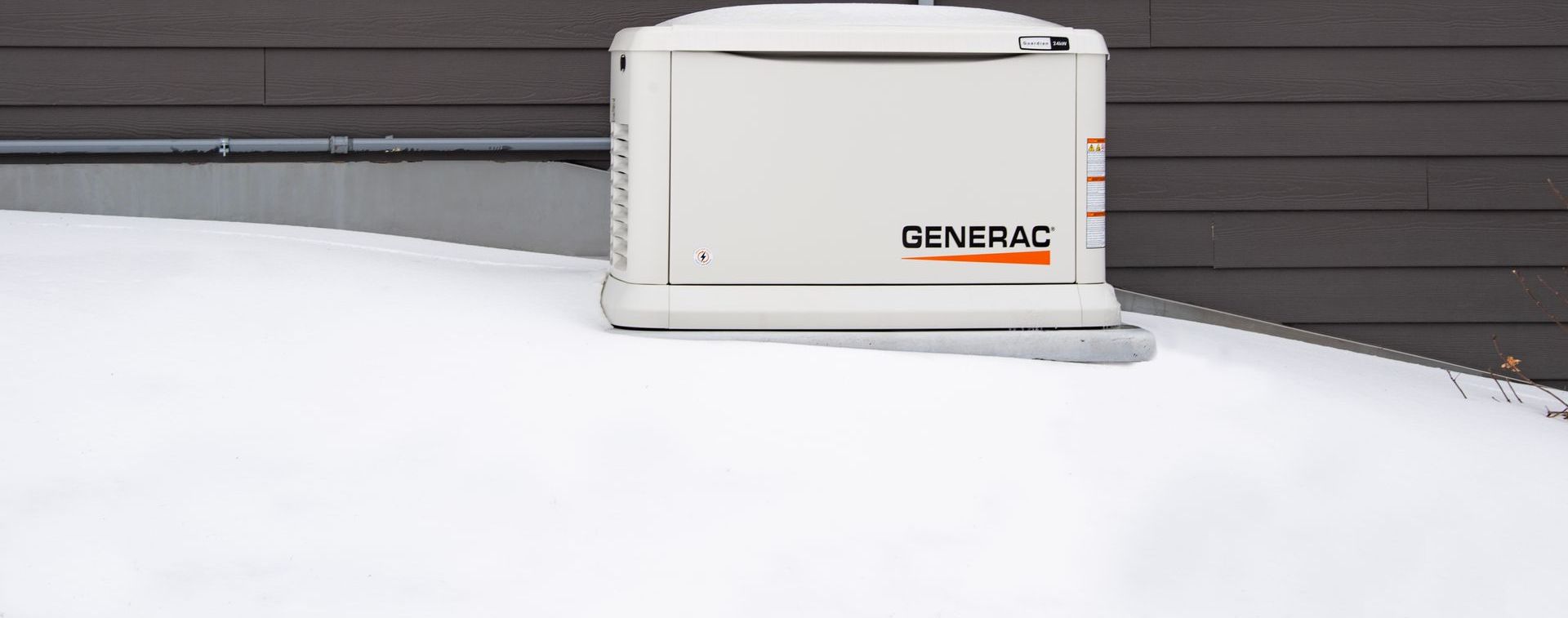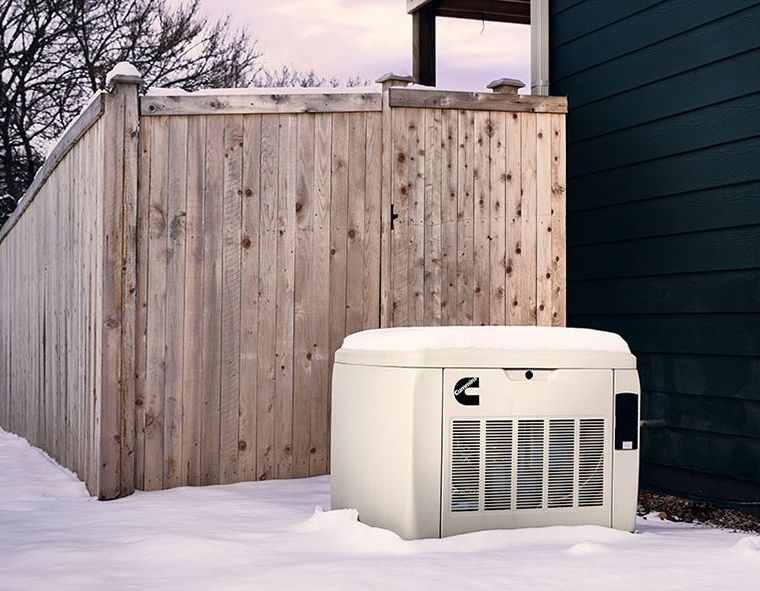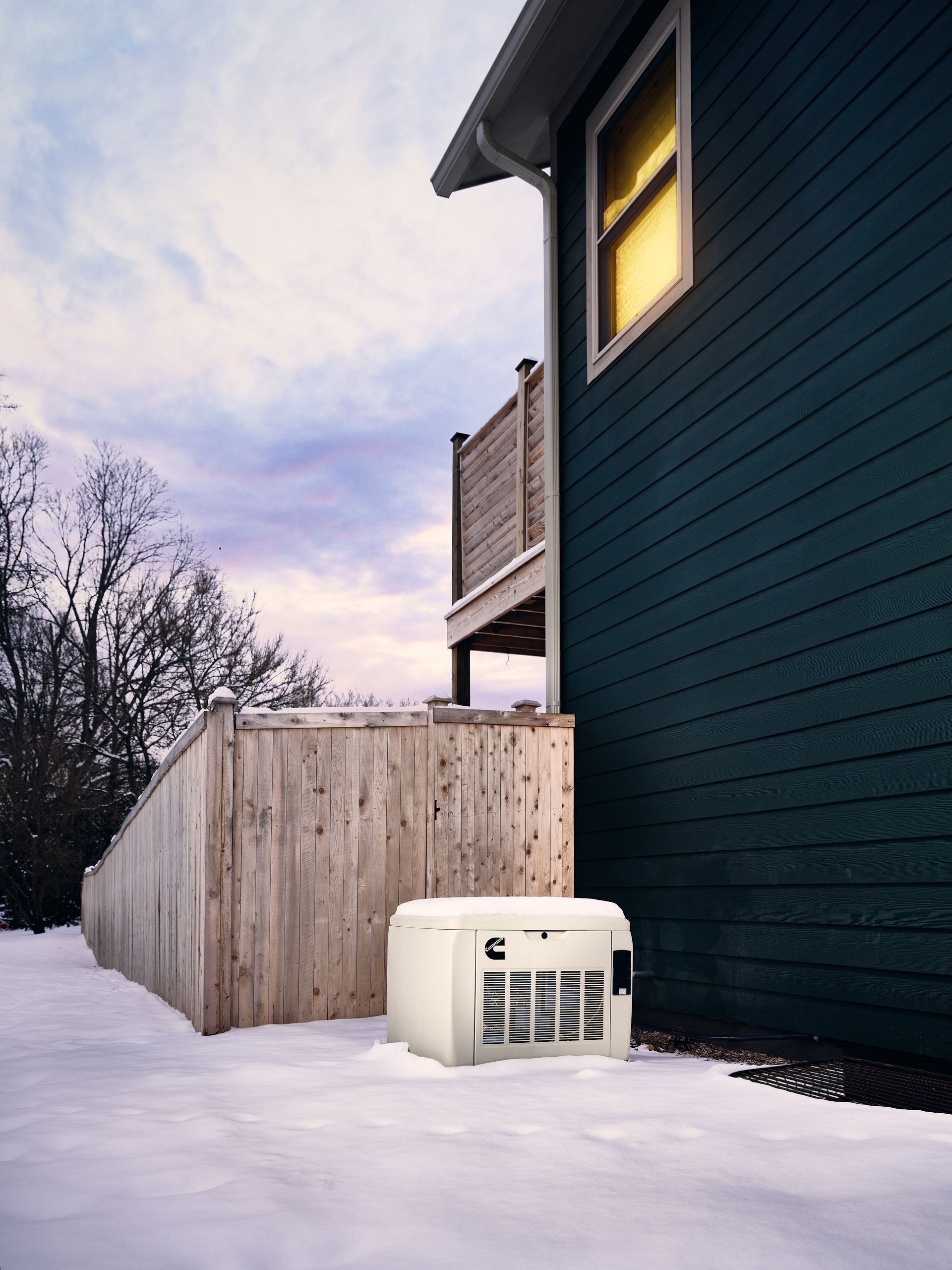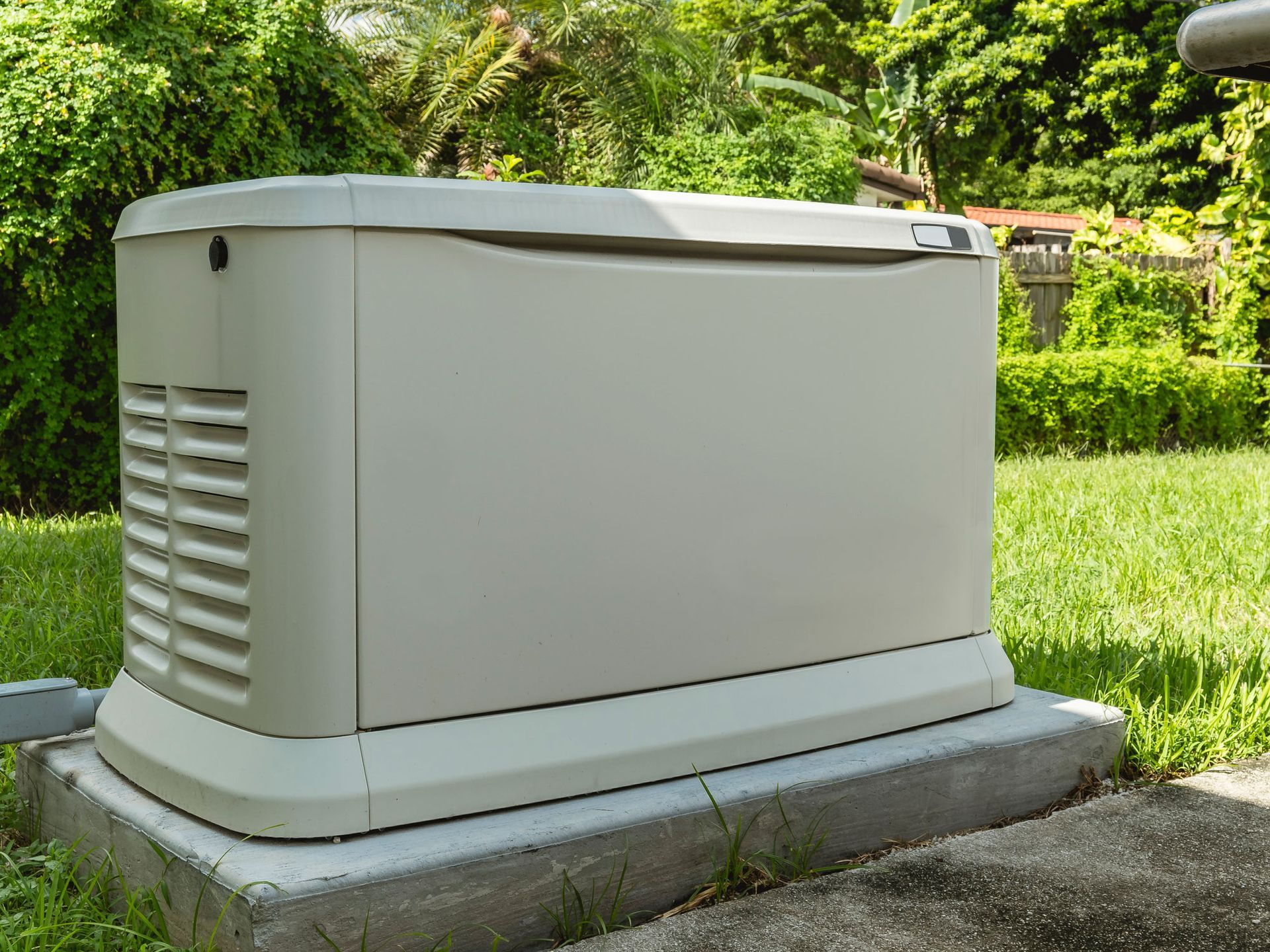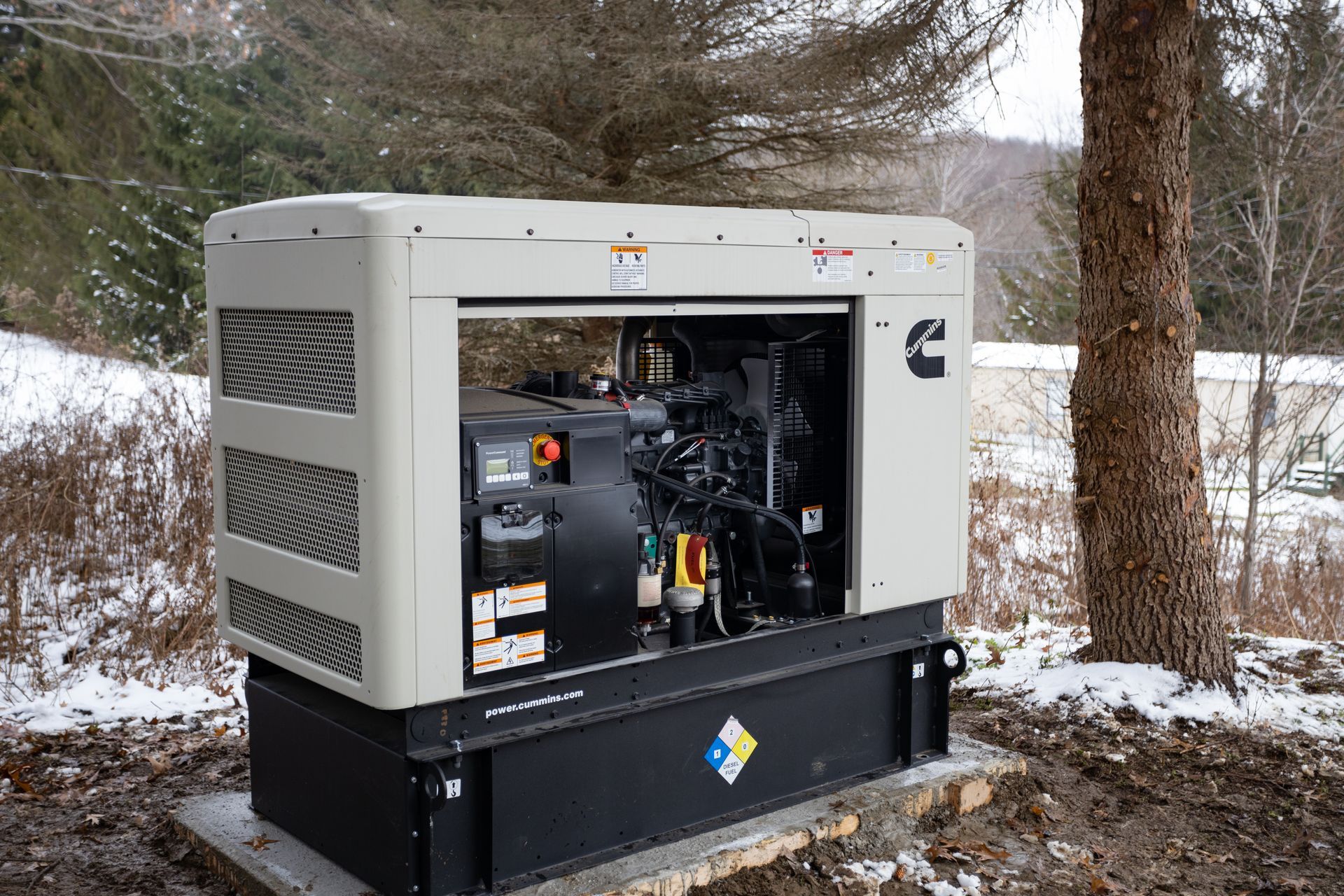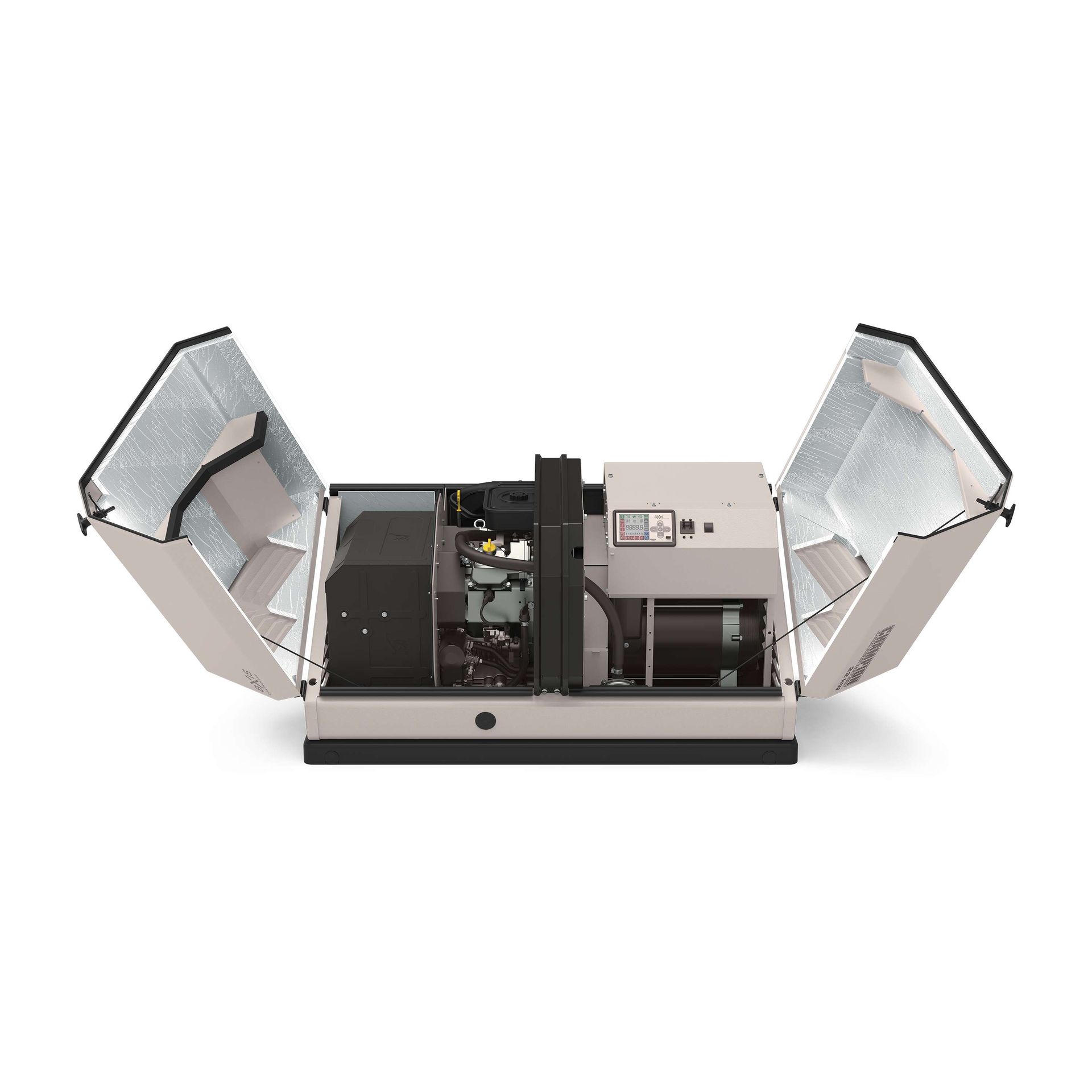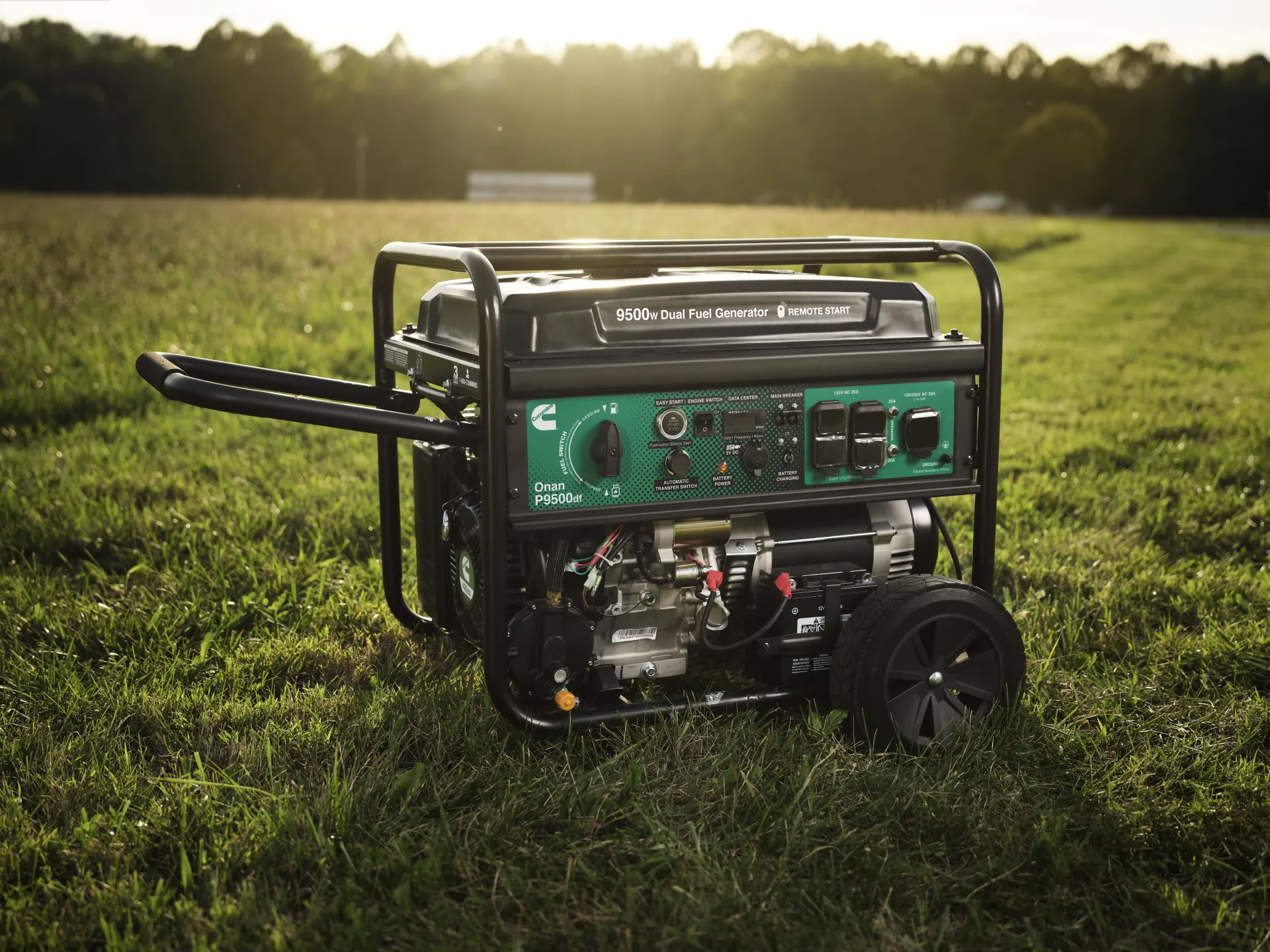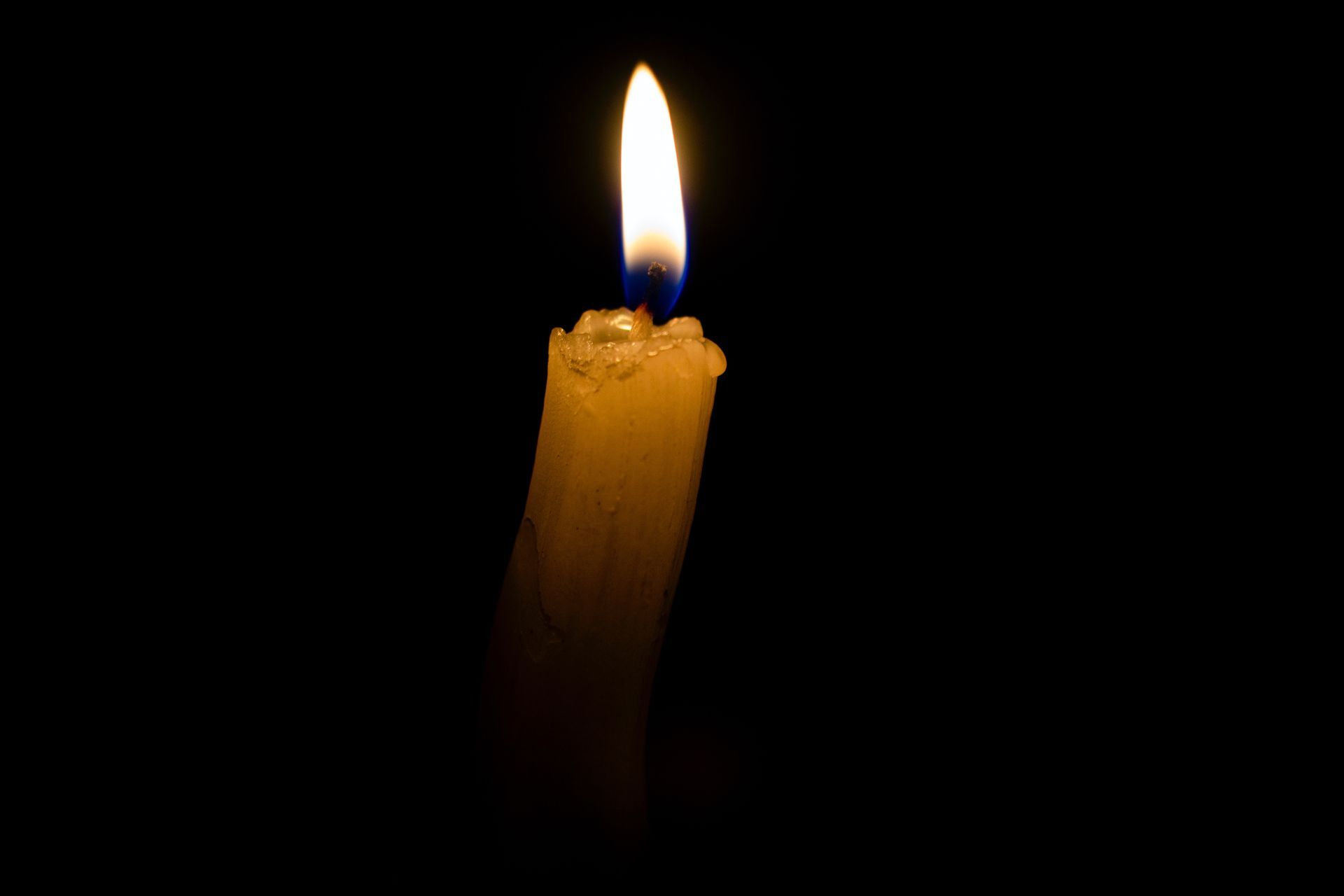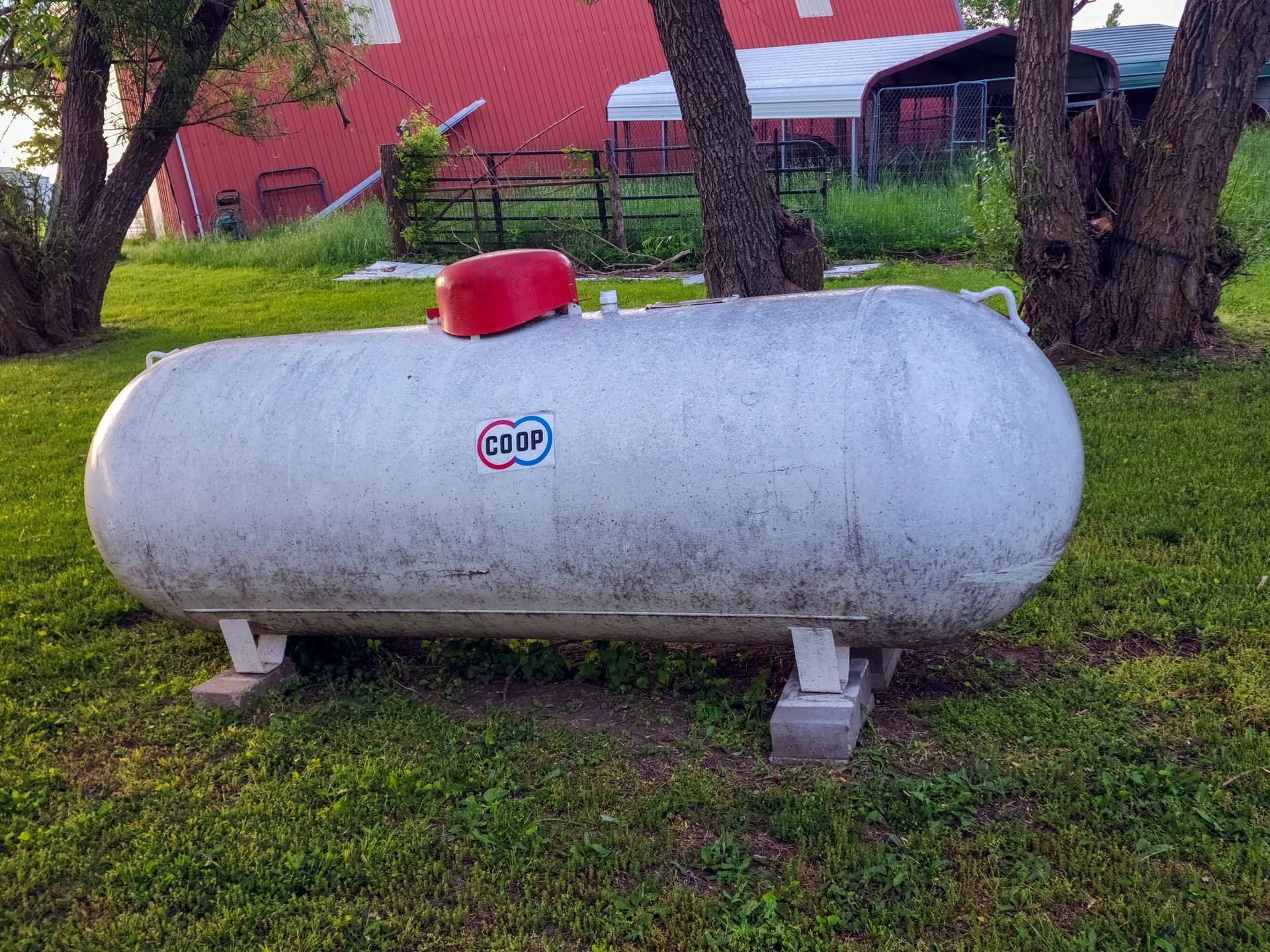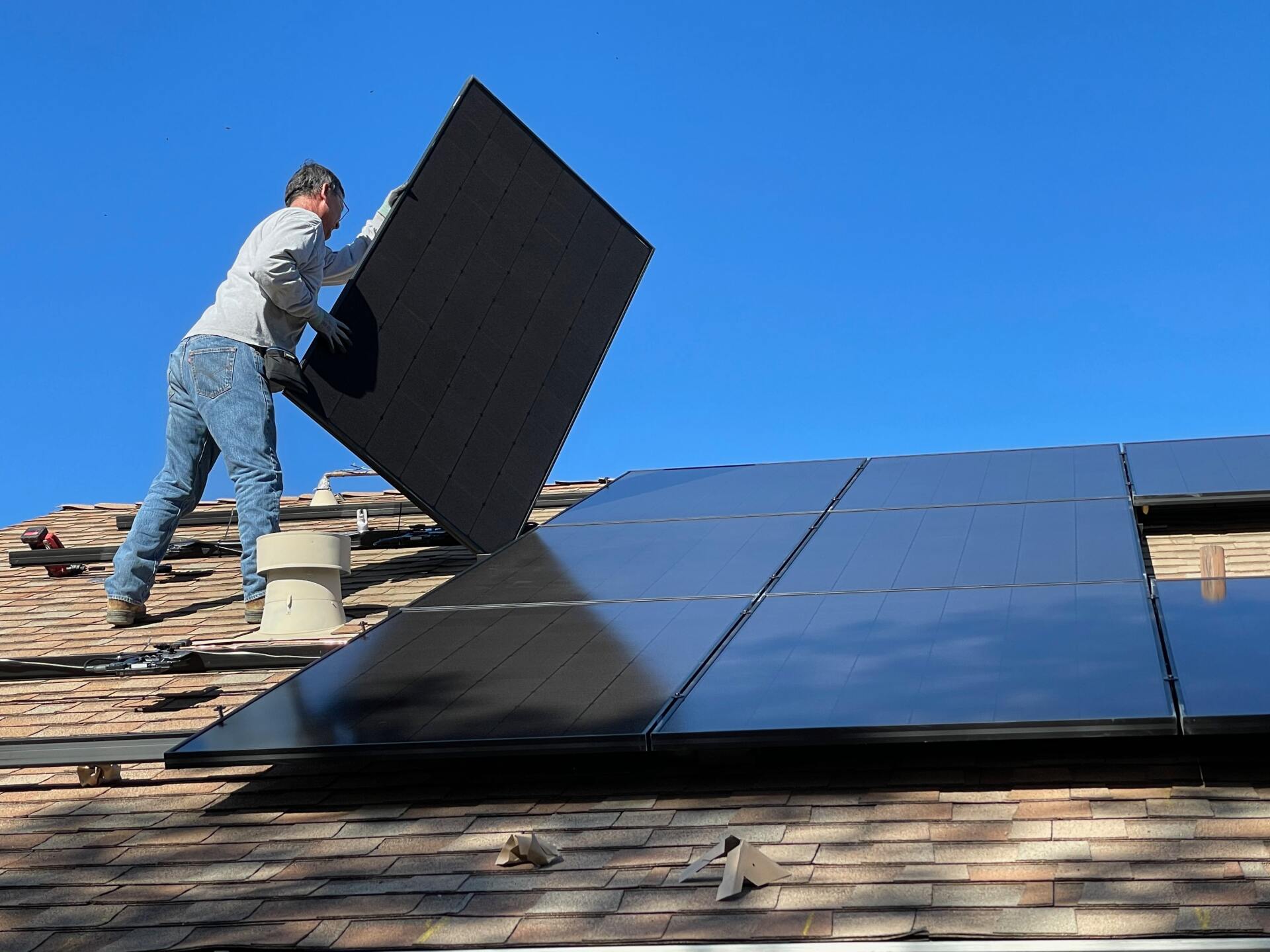Top 5 Things to Know About Home Generators
Looking to learn more about Home Standby Generators? Here are the top 5 basics to help you get started with your research.
As a home contractor that specializes in home generator installations, we’ve crossed pretty much every conceivable scenario and learned all the in’s and out’s of the products and the process involved in installations. We’ve also talked with tons of homeowners and cleared up a lot of confusion about terminology and capabilities, and much more. We’ve chosen 5 specific sticking points to help homeowners during their research process.
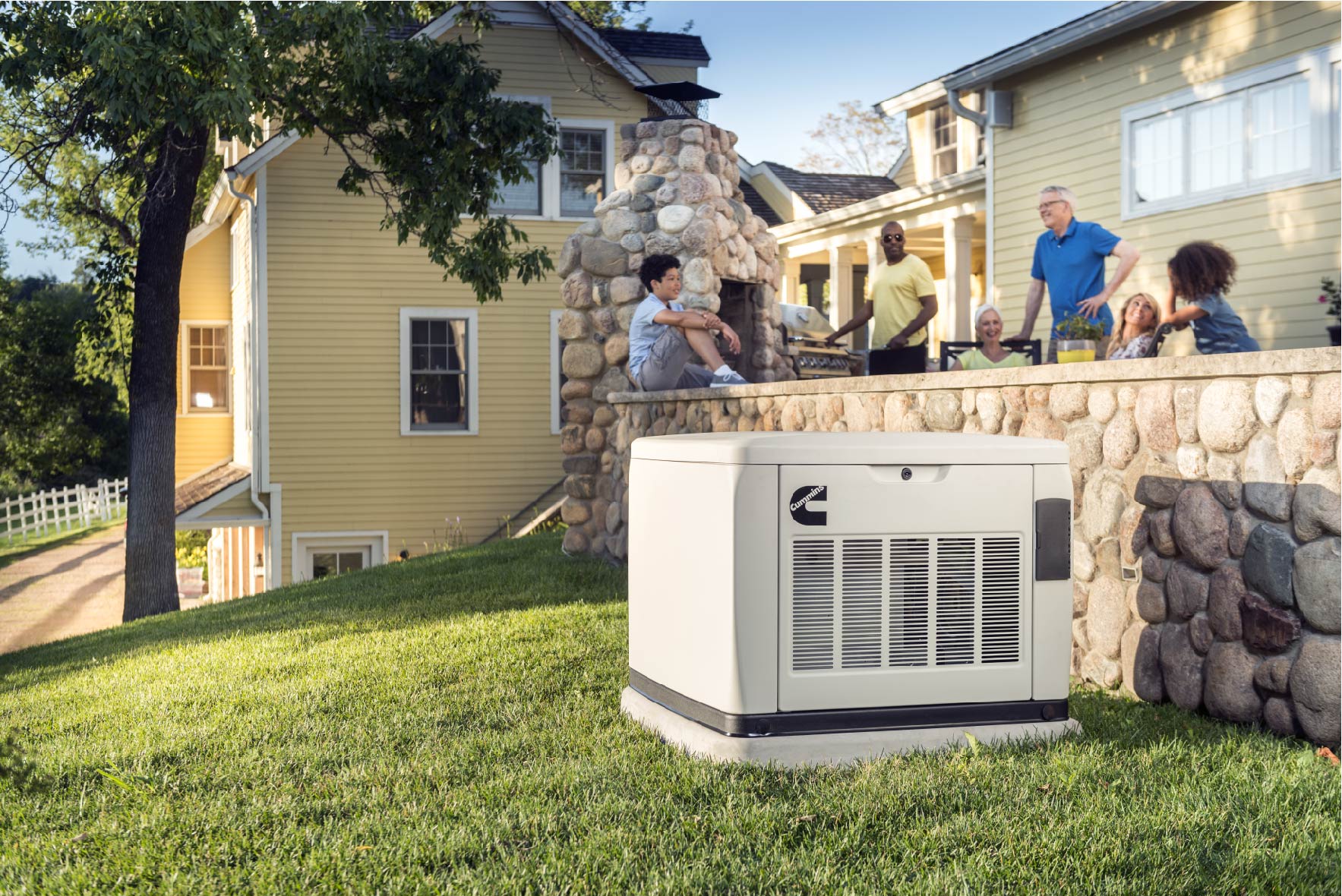
1 - Sizing Can Be Misleading:
One of the first things you’ll discover while conducting online research is that many contractors and wholesalers have forms and questionnaires designed to help homeowners identify which size generator they should be purchasing. These forms will generally ask questions like “what's the square footage of your home” and additional questions related to the property that have little to no bearing on your actual energy usage. This can be a useful thing to explore and look over but it rarely paints an accurate picture about which size generator will be best for you.
Here are a handful of more relevant factors to consider: How many people live in the home regularly? How many major appliances do you run in the home? What are the Amps of your current electrical service? We recommend to anyone who is seriously interested in one of these projects to get multiple in-home estimates. Contractors will do power assessments for free and will be able to evaluate installation sites as well, giving you a far more accurate idea of what the project will entail and what a realistic price will be.
Our general experience has been that most homes will be somewhere in the recommended range of
13kW to 20kW generators, with some homes rarely exceeding that range. We believe fairly strongly that, in most cases, installing a fixed generator below 13kW is neither enough power to get the job done, nor is it worth the cost to the homeowner since the prices for a full installation can still be rather high even with a smaller unit.
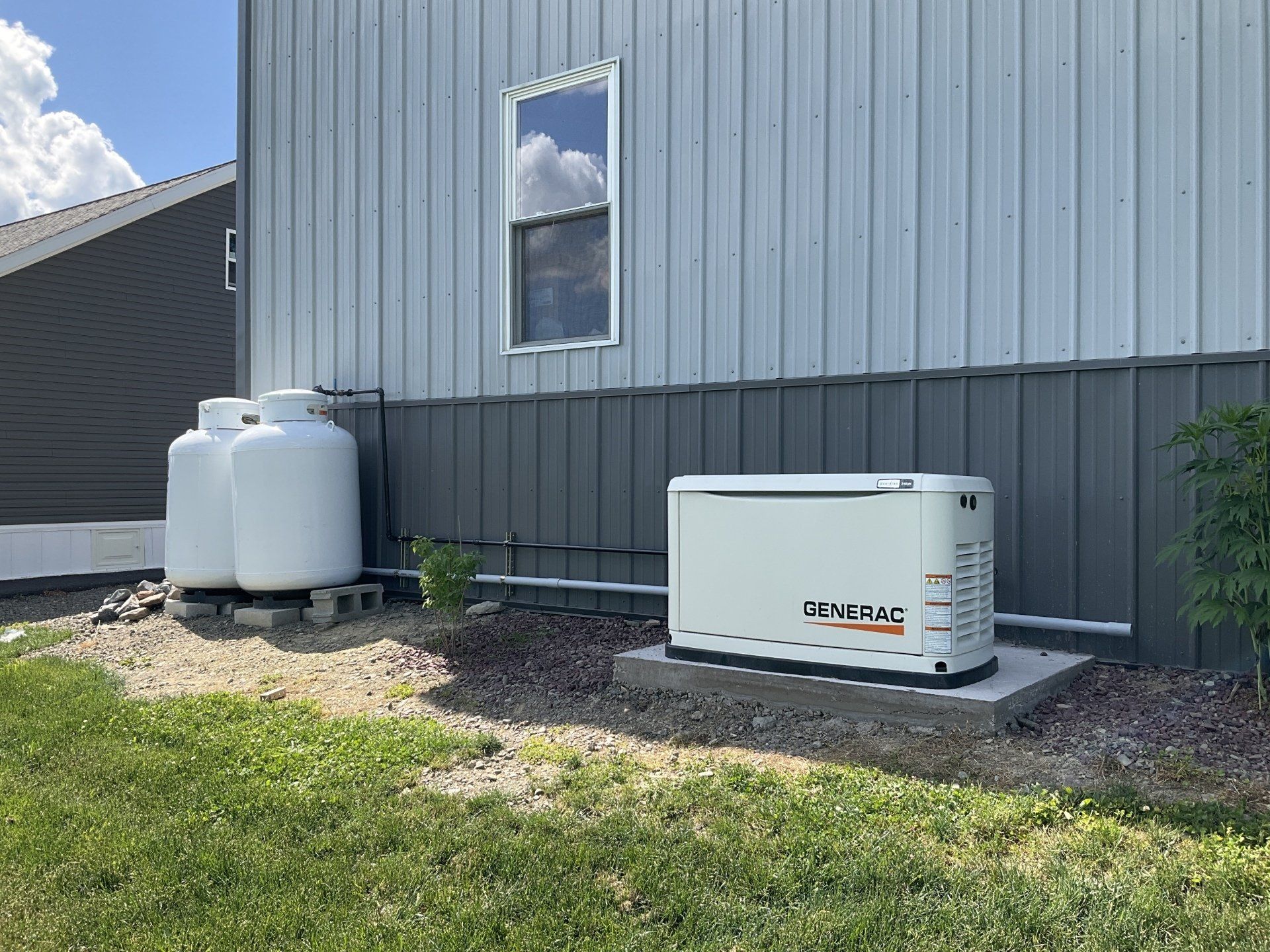
2- Multiple Fuel Sources Available:
Some people assume that home generators are basically just extra large portable generators, but there are actually several more critical differences. A notable one being the fuel source, since almost no standby generators will run on regular gasoline. Nearly all of the most popular brands and models run on either natural gas or liquid propane, both of which are very efficient.
There are some models available on the market that will run on diesel but these are generally much larger units with additional features or tradeoffs. The size of the units themselves are considerably larger because the diesel tank is stored inside the generator housing. For example, there is a 20kW Standby Generator from Cummins that is nearly twice the size of the 20kW version that runs on natural gas.
If your home already runs on natural gas, then installing a standby generator is a relatively smooth process. Same goes for propane, so long as you have a tank big enough to feed the generator. These types of units can hypothetically run until they have extinguished their fuel source. With a diesel unit, you will need to be refueling regularly during an extended power outage.
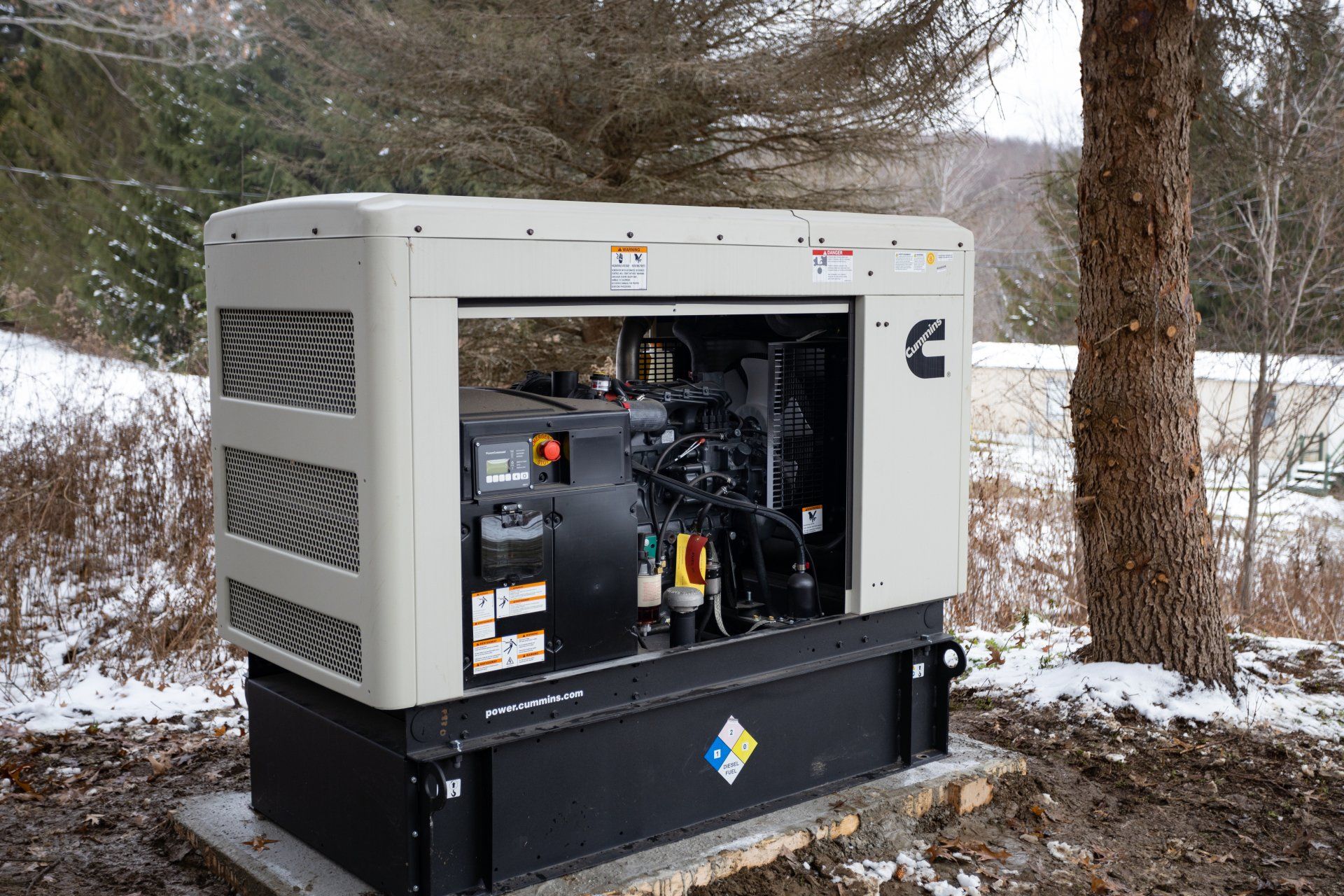
3 - Automatic and Manual Transfer Switches:
The transfer switch is the “brain” of the home generator setup, it determines when your home will switch from drawing power from the grid to drawing power from your generator. Most people who are looking into getting a home generator will be looking for an automatic transfer switch, which will detect a power outage when it occurs, and automatically switch from the grid to the generator.
Most manufacturers and contractors will have an
automatic transfer switch included in a package with the generator, one that is generally designed by the same manufacturer specifically for that generator. When you are in the purchasing stage, you will want to make sure that a transfer switch is included in your package. This should be made clear on your contract or purchase receipt.
Manual transfer switches do exist but are fairly uncommon for home standby generators, and many manufacturers do not make manual switches for their own generators like they do with the automatic transfer switches. Manual transfer switches are sometimes used in conjunction with smaller portable generators, which still requires some electrical work to be done.
4 - Partial or Whole Home Installation:
Another uncommon, but not unheard of, install some homeowners choose is what’s referred to as a Partial Install. This commonly occurs when a homeowner has a large number of circuits to power but wants to purchase a smaller generator. In this situation, the generator being installed does not have enough output to power the whole home, so the homeowner has to choose which circuits to power.
Again this is uncommon, but does occasionally happen, and it’s up to the homeowner to decide which circuits they want to power. Not every home is set up in such a way that a homeowner can easily power all the areas they specifically want, and ignore the rest. So, if you’re considering a partial install, be mindful of your home's electrical setup, and what options will be available to you.
The more standard approach is a “whole installation” in which all the circuits in your panel are switched over to your generator in the event of power outage, which is what most people have in mind when considering a generator installation. We generally don’t recommend the partial install, and the only time where it really makes sense is in a situation where you have a generator that is not large enough to meet the power demands of your home.
5 - Placements, Permits and Zoning:
When it comes to placement and compliance, you will often be at the mercy of your town, county or state in terms of permits, regulations and inspections. We’ll use New York State as an example since that’s an area where we do a lot of installations. A lot of the same basic placement rules apply across the state (with some minor variations), which include minimum distances away from property lines and minimum distances from windows and outer walls of your home. These rules generally exist for privacy and safety reasons. For example, nearly all generators will emit exhaust, so you don’t want that exhaust output anywhere near an open window.
Permits are generally required from most towns as well, although there are some that do not require a permit, and only require an inspection from an independent inspection agency after the installation is complete. This is something that generally needs to be approached on a case by case basis, and confirmed with the town's code enforcer. These permits are generally required before a job begins and inspections should be scheduled after the job is completed.
Getting these permits and inspections coordinated and completed can be a bit of a pain, but isn’t generally a significant hurdle. There is also generally a small price associated with both of these things. In most parts of New York, a permit will run you somewhere around $100 with minor differences depending on the town. Inspections are also around $100 in most parts of Upstate New York, although the more remote and rural areas tend to be upwards of $200. Some installation companies (like ours, for example) will do all the leg work for these, so all that you’ll need to do is add some signatures, if anything at all.
Bonus! Basic Maintenance:
It’s important to remember that most home generators are essentially large engines specifically designed for stationary power generation. Much like any other engine there are some basic maintenance tasks that need to be completed and some rudimentary troubleshooting you may want to be aware of. Nearly every manufacturer of standby generators has a maintenance section in their user manual.
The main consideration in terms of necessary maintenance is Oil Changes, you’ll want to make sure that your generator receives regular
oil changes at the intervals recommended by the manufacturer. This process is not too different from changing the oil on a car for example. A handy homeowner can probably complete this task themselves but most contractors will be able to do this for you as well.
If you’re located in Upstate New York or Northern Pennsylvania, and are interested in learning more about home generator installations, consider giving us a call today or submitting your information on a website forum here on our site. Hurricane Home Solutions is an authorized dealer and installer of Cummins Power Generation. We highly recommend their Quiet Connect Series Home Generators, which have the best cold weather performance and run quieter than leading competitors.
